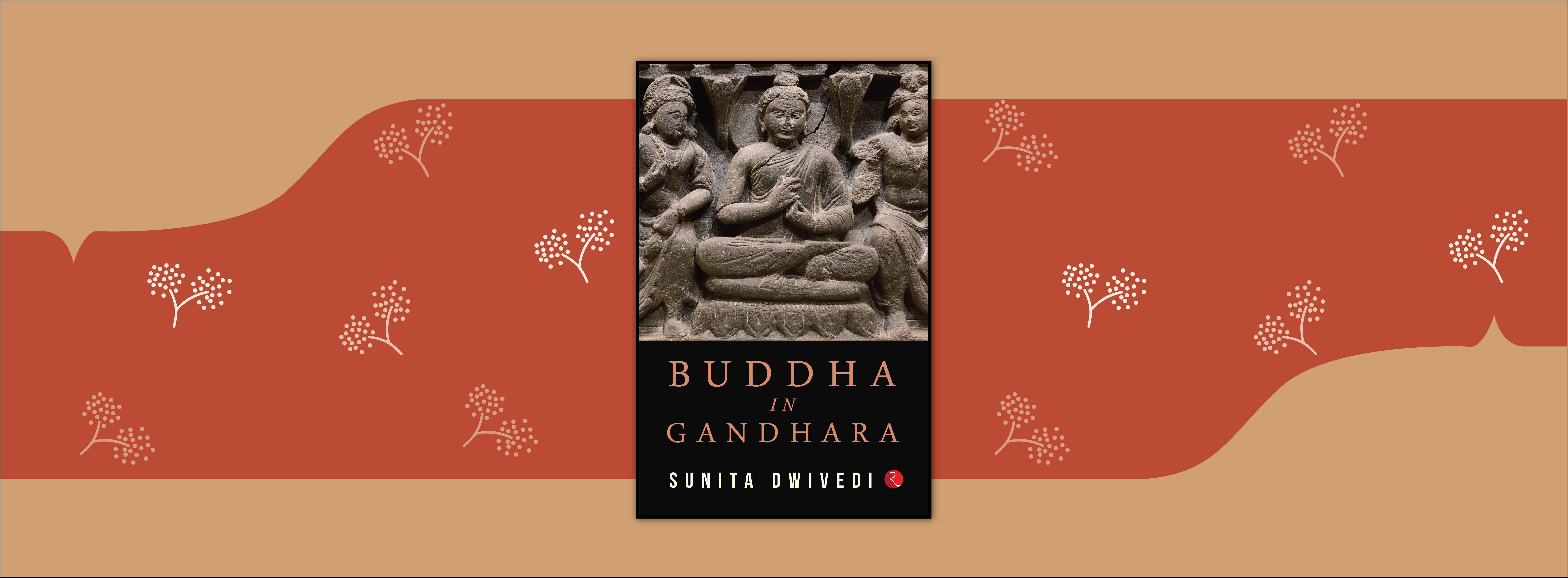A Solo Woman’s Travels through Pakistan and Afghanistan along the Ancient Buddhist Trail

Located next to Katlang, Sikri is a historical village named after the famous shrine of a Sufi saint Shikray Baba, the mazar at which I was seated for a cup of tea.
I entered the Sikri village after crossing a stream of the Kalpani that rises along the valley of Katti Garhi and flows south, irrigating vast lands of the Kabul Valley and finally emptying into the Kabul River. Usman led me through the village road to a group of brick houses. One particularly large house with high walls had a small door built into its outer wall and a young girl peeped from the slightly ajar door and beckoned me over. As I moved towards her, I got a full view of the large courtyard where a couple of women were sitting on a charpoy while others were busy with their daily chores. A few rooms at the far end with a running verandah opened into the courtyard.
At one end of the village was a high mound covered with shrubs and wild grass. The villagers who followed me pointed out that this was the spot where the famed Sikri Stupa was found in a dilapidated condition hidden under thick shrubs. The severely damaged stupa was reconstructed by experts from the Lahore Museum and put on display at the centre of the Buddha Gallery. The splendid stupa has its drum decorated with stone panels depicting Jataka tales of the Buddha’s previous incarnations. It rivals the beauty of the Mahachaitya of Amravati and is unique in its narration of at least 13 Jataka stories and episodes from the life of the Buddha.
Assuming that the entire village might have been founded on a large monastic site, I walked through the village to check on some more mounds. As news spread that an Indian woman was touring their village to trace the ancient roots of a Buddhist establishment, a crowd gathered and followed me everywhere. I climbed an empty mound and tried to clear some garbage and tall elephant grass covering it, and found only rubble covering the mound from where the stupa was removed and taken to the Lahore Museum where it is still the centre of attraction. A mosque in the vicinity of the mound was probably the most sacred place in the village.
During his extensive travels from Peshawar to Charsadda and thence to Shahbazgarhi, Xuanzang missed the cluster of monastic sites including Sikri, by whatever name it was known in the early centuries of the Christian era. I do not know how Xuanzang skipped the monastic sites, but I certainly was crestfallen as no sign of any Buddhist establishment could be detected in the village except for one or two high mounds under tall shrubs and boundary walls of houses built of large ancient bricks and dressed stones.
Once upon a time, the entire population of this village must have been Buddhists, and the village with its magnificent stupa must have attracted pilgrims from all over the Buddhist world. The village must have resonated with the chants of Buddhist sutras; there must have been monks’ cells around the perennial Kalpani River. I thought about the saint’s mausoleum and the mosque near the mound of the stupa and found piety everywhere. The maulvi exhorted me to catch a breath and ordered ginger tea for me, while the women sent for a tall glass of sherbet that I gulped down eagerly. I walked to their door, held their hands and bid them goodbye. I wish I could have spent some time in their courtyard and chatted with them.
****
The title is set to release soon!
You can read Sunita Dwivedi’s previous book ‘Buddha in Central Asia’ on Kindle.

